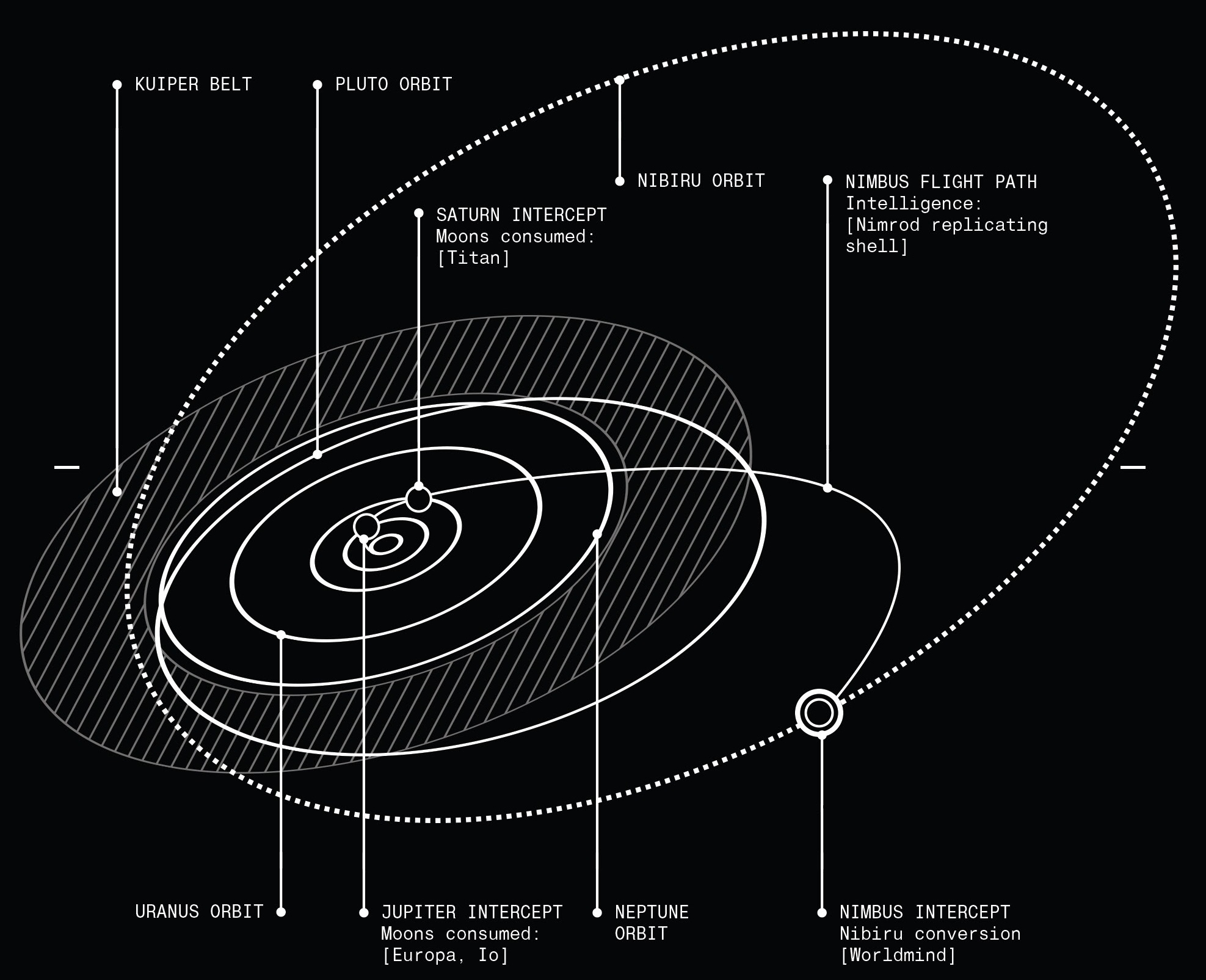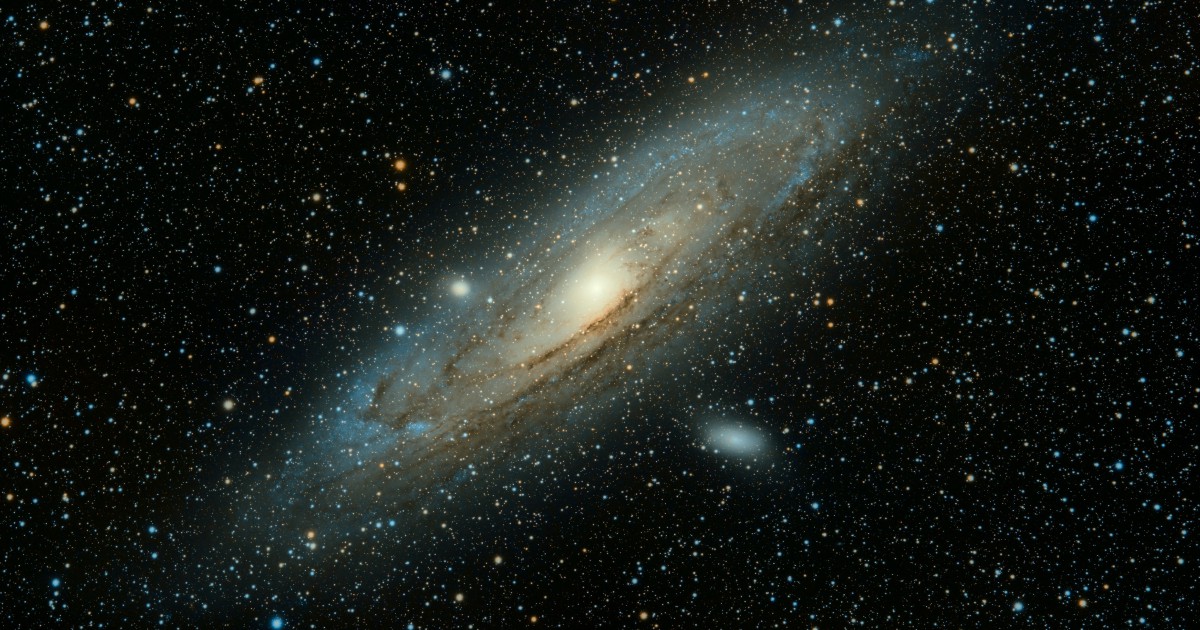You may have heard that the end is allegedly coming. That's right: There's a rumor going around that a pesky planet called Nibiru will crash into Earth sometime during December. Doomsday theories can be scary, especially if several people are talking about them, so it's totally understandable to wonder when Nibiru is coming — but the good news is that there's no actual evidence pointing to an astronomical catastrophe (or at least, not anytime soon). Still, the timeline of when this 'ninth planet' is suppose to arrive is fascinating, so let's take a look at each of the predictions over the years.. even if none of them have actually come to pass.
That large body above Aquarius, Nibiru, is estimated to be 2 trillion miles away and orbit the Sun every 5 million years. Discover, Oct 2001, pp 76-78 The Pythagoreans said the revolving planets emitted notes, their pitches being determined by their speed and distance from the Earth. The Search for Infinity. Nibiru appears to have been in conjunction with Mars during perihelion 13,000+ years ago, and may have been slightly perturbed into a larger orbit at that time. The subsequent reconfiguration of planetary binding energies affected the orbits of the other planets, including the Earth. Md cheat sheet. For full functionality of this site it is necessary to enable JavaScript. Here are the instructions how to enable JavaScript in your web browser.

Nibiru Orbit Timeline

The idea of Nibiru actually first came about in the 1970s, and its arrival has been predicted time and again since the 1990s. The idea is that Nibiru — allegedly a giant planet much larger than ours that's been lurking undetected in the outer reaches of our solar system — is going to collide with Earth and pretty much annihilate everyone and everything on it. As the theory goes, Nibiru, also known as Planet X or Planet Nine, appears in our solar system only once every 3,600 years. Although we don't exactly know the origins of Nibiru, the name is known for cropping up in Mesopotamian literature within the context of gods, stars, 'ferrying' (or the act of crossing), and the navigation of planets.
Previously, a Nibiru-related Doomsday was supposed to occur four other times in recent history: May 2003, sometime in 2007, December 2012, and December 2015. Each time, believers swore Nibiru would come to destroy us all; then, when Earth's supposed death sentence came and went, there was no choice but to 'postpone' Doomsday to another year. According to the current prediction, Nibiru is due (again) to annihilate the Earth sometime this month (that is, December 2016).

Nibiru

Sure, the idea of our entire world going kaput is a frightening thought — but if theorists were wrong every other time for the past two decades, I'm not betting on them being correct this time around. Projectsam symphobia colours. A lot of the Nibiru-related conspiracy theories you read about online are usually found on various forums and sites dedicated to UFOs and other pseudoscience rather than verified sources. Even the National Aeronautics and Space Administration (widely known as NASA, easily our nation's most trusted source on all things astronomy) has debunked the existence of Nibiru and talked about reasons why it couldn't possibly be real:
Nothing to fear, folks.
All things considering, it's safe to say that Nibiru is only a myth. However, here is the somewhat spooky part: Apparently, there may actually be a Planet X that is about 10 times bigger than Earth. The thing is, this Planet X (if it exists) seems to be very far away from Earth and supposedly takes 15,000 years to complete its orbit instead of Nibiru's 3,600 years. Thus, it doesn't quite fit the profile of an Earth-swallowing planet. (Whew.)
So for now, it looks like Nibiru won't be coming for us this month after all. Let the hype die down now that we know it's not real, and let's all rejoice over the fact that we'll live to tell the false tale of Nibiru. It doesn't look like we'll be playing bumper cars with any rogue planets anytime soon, so rest easy, humans.
Nibiru Orbit
Images: Getty Images; Giphy
